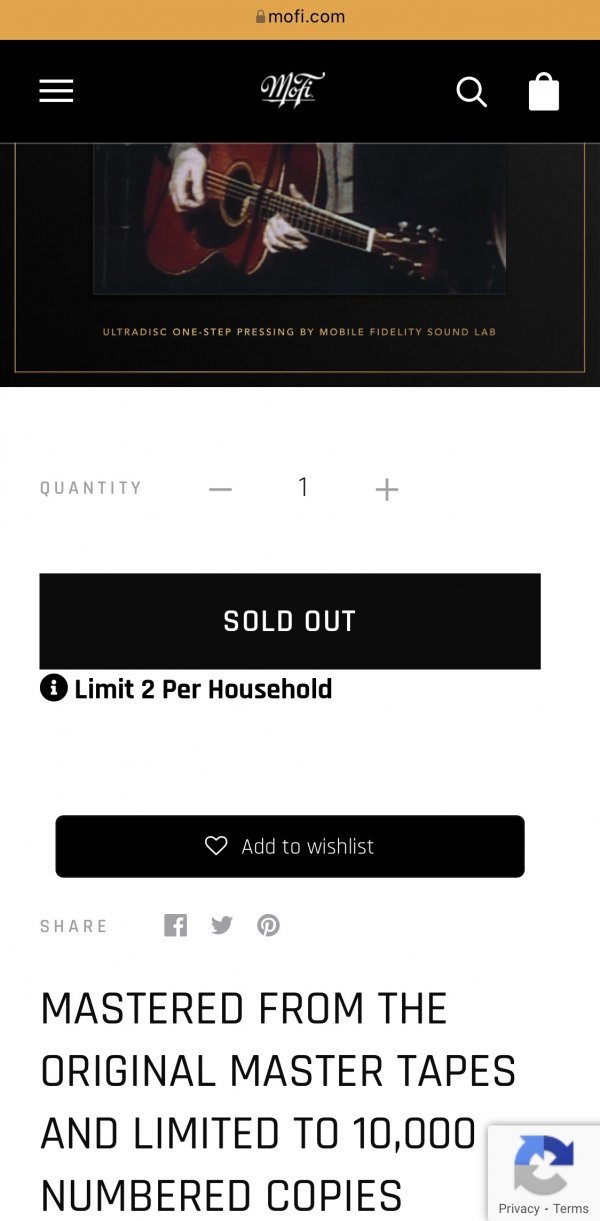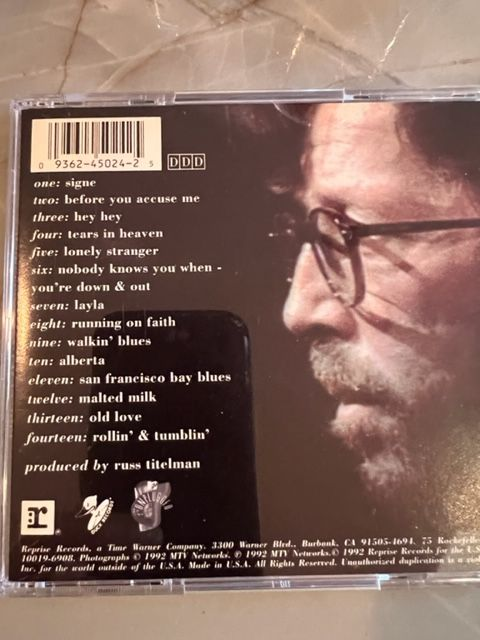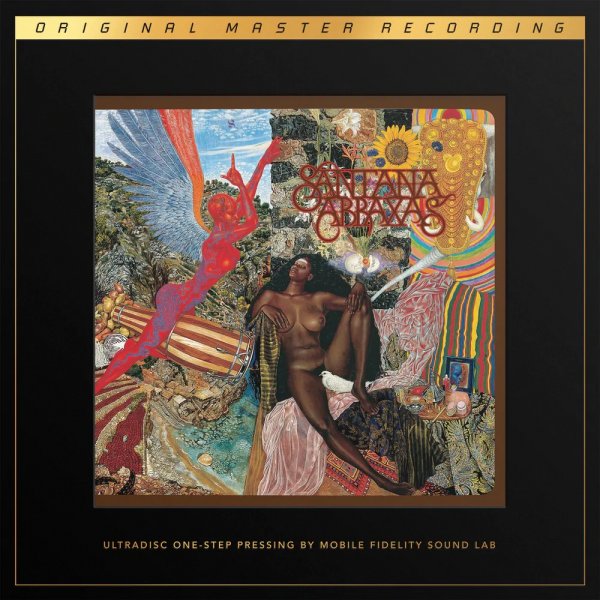Mike of The In Groove posted an update on YouTube today. Mo-Fi invited him to their facility in California on Tuesday for a sit down interview, they will answer all his questions and show him how it's done.
Does this make any sense for Mo-Fi? The business cluelessness and unprofessionalism of some audio companies in our industry astounds me.
What’s the point of answering privately the questions of one YouTube poster? A serious company would not delegate its crisis management response to an unrelated third-party.
Professional management, if it takes the question and controversy seriously, would issue an explanatory press release.
Last edited:










